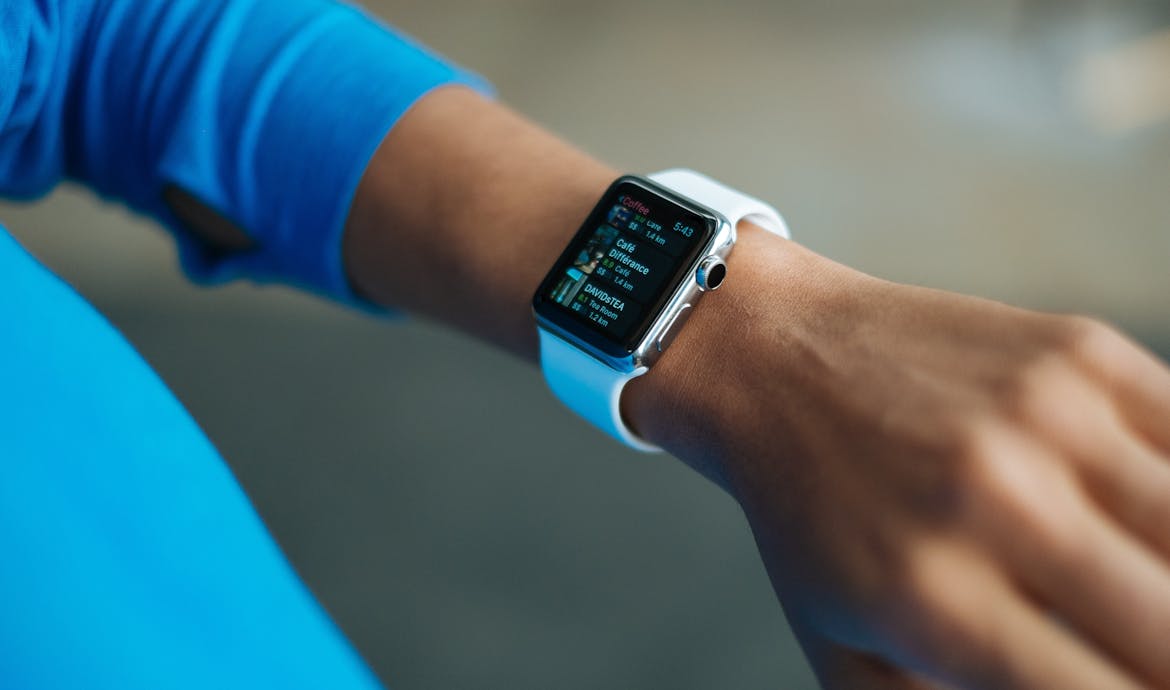Clinical Coding: A Critical Component in Healthcare Management

Have you ever wondered how medical information is recorded and processed in healthcare systems? Or what are the methods used to report data on patient demographics, diagnoses, treatments, and outcomes? The answer lies in clinical coding.
Clinical coding refers to the process of converting written descriptions of diseases, injuries, procedures, and other healthcare services into standardized codes for electronic health records (EHRs). These codes are used for data collection, analysis, and reimbursement purposes. In simpler terms, clinical coding is like a language that helps healthcare providers communicate with each other and keep track of patient care.
Understanding the Basics of Clinical Coding
Clinical codes are assigned to every medical service or procedure provided to a patient, and they follow a specific structure and format. The most widely used coding systems in healthcare include:
- International Classification of Diseases (ICD): This system was developed by the World Health Organization (WHO) and is used to classify all diseases, injuries, and health conditions. The latest version, ICD-10, has over 68,000 codes.
- Current Procedural Terminology (CPT): Developed by the American Medical Association (AMA), this system is used to report medical procedures and services. It has over 10,000 codes.
- Healthcare Common Procedure Coding System (HCPCS): This system is divided into two levels, HCPCS Level I (CPT) and HCPCS Level II, and is used to report medical equipment, supplies, and services not included in the CPT. It has over 6,000 codes.
How Clinical Coding Works
Clinical coding is typically performed by trained professionals known as clinical coders or health information technicians. These individuals review medical records and assign codes based on the information provided by healthcare providers.
The coding process involves several steps, including:
- Reviewing the medical record: The clinical coder reviews all documentation related to a patient’s visit, including progress notes, lab results, imaging scans, and discharge summaries.
- Identifying relevant codes: Based on the information provided in the medical record, the coder identifies appropriate codes from the coding systems mentioned above.
- Assigning codes: Once the relevant codes are identified, they are entered into the patient’s electronic health record.
- Quality checks: Before finalizing the codes, clinical coders perform quality checks to ensure accuracy and completeness.
The Role of Technology in Clinical Coding
With the increasing use of electronic health records, clinical coding has become more streamlined and efficient. Today, there are various medical coding software programs available that assist coders in assigning accurate codes quickly.
These software programs use artificial intelligence and natural language processing to analyze medical records and suggest appropriate codes. This not only saves time but also reduces the risk of human error.
Moreover, with the implementation of electronic health records and interoperability initiatives, clinical coding has become even more critical. Accurate and consistent coding not only facilitates communication and data sharing among healthcare providers but also plays a significant role in population health management and quality improvement efforts.
How Clinical Coding Impacts Healthcare Management
Clinical coding has a significant impact on healthcare management in various ways:
- Accurate and timely reimbursement: Proper clinical coding ensures that healthcare providers are reimbursed for the services they provide, as codes determine the amount of payment from insurance companies.
- Data collection and analysis: Clinical codes enable accurate data collection on patient demographics, diagnoses, treatments, and outcomes. This data is used for research, public health monitoring, and quality improvement initiatives.
- Streamlined communication: Clinical coding facilitates effective communication between healthcare providers as they can easily access patient information from electronic health records.
The Future of Clinical Coding
As technology continues to evolve and healthcare systems become more interconnected, the role of clinical coding will only grow in importance. With the implementation of ICD-11 in the near future, there will be even more codes and improved specificity, allowing for better data collection and analysis.
Moreover, as healthcare shifts towards value-based care and population health management, clinical coding will play a crucial role in accurately measuring and improving patient outcomes.
In conclusion, clinical coding is a critical component of healthcare management that ensures accurate data collection, communication, and reimbursement. As technology advances and healthcare systems evolve, the role of clinical coding will continue to expand and play a vital role in improving patient care. So, all healthcare professionals need to understand the basics of clinical coding and its impact on healthcare management.









Comments are closed.